In the digital age, music distribution has become more accessible than ever. Artists now have the power to share their music with a global audience with just a few clicks. How to Distribute a Single vs an Album on Spotify? However, distributing a single vs an album on Spotify involves different strategies and considerations. In this comprehensive guide, we will explore the key differences, benefits, and best practices for distributing a single vs an album on Spotify. Whether you’re a new artist or a seasoned musician, this guide will help you make informed decisions and maximize your reach on Spotify.
Understanding the Basics
What is Music Distribution?
Music distribution is the process of delivering your music to various streaming platforms, digital stores, and other outlets. The goal is to make your music available to listeners worldwide. When it comes to distributing a single vs an album on Spotify, there are distinct differences in how you approach the process.
What is a Single?
A single is typically one track released independently of an album. Singles are often used to generate buzz, test the market, and keep your audience engaged between album releases.
What is an Album?
An album is a collection of tracks, usually around 10 to 15, released together as a cohesive project. Albums offer a more in-depth exploration of an artist’s work and provide a fuller listening experience.
Differences Between Distributing a Single vs an Album on Spotify
Release Strategy
Singles:
- Singles are great for maintaining momentum and keeping your audience engaged.
- You can release singles more frequently, which keeps your presence on Spotify active.
- Singles are often used to promote upcoming albums or new projects.
Albums:
- Albums are typically released less frequently but have a larger impact.
- They allow for a deeper connection with your audience through a collection of songs.
- Albums can establish your artistic vision and provide a more comprehensive listening experience.
Marketing Approach
Singles:
- Focus on promoting one track, making it easier to target specific audiences.
- You can create more content around the single, such as music videos, social media posts, and promotional campaigns.
- Singles can be pitched to Spotify playlists more frequently.
Albums:
- Require a more extensive marketing campaign to promote the entire body of work.
- You can create a narrative around the album, offering behind-the-scenes content, album artwork, and thematic elements.
- Albums have the potential to be featured in more prominent playlists and editorial placements on Spotify.
Financial Considerations
Singles:
- Lower production costs since you’re only producing one track.
- Easier to manage and budget for marketing and promotion.
- Revenue from streams may be more frequent but smaller in comparison to albums.
Albums:
- Higher production costs due to the number of tracks.
- Requires a larger budget for marketing, promotion, and physical production if applicable.
- Albums can generate significant revenue from streams, physical sales, and merchandise.
Steps to Distribute a Single vs an Album on Spotify
Distributing a Single
- Prepare Your Track:
- Ensure your single is professionally recorded, mixed, and mastered.
- Create compelling cover art that represents the single.
- Choose a Distributor:
- Select a digital distributor like Deliver My Tune to get your single on Spotify.
- Upload your track, cover art, and metadata to the distributor’s platform.
- Set a Release Date:
- Choose a release date that gives you enough time to promote the single.
- Consider significant dates or events that align with your single.
- Promote Your Single:
- Use social media, email newsletters, and other platforms to build anticipation.
- Create a pre-save campaign on Spotify to encourage your audience to save the single before its release.
- Pitch to Playlists:
- Submit your single to Spotify’s editorial playlists through Spotify for Artists.
- Reach out to independent playlist curators for additional placements.
- Monitor and Adjust:
- Track the performance of your single using Spotify for Artists analytics.
- Adjust your promotion strategy based on the results.
Distributing an Album
- Prepare Your Album:
- Ensure all tracks are professionally recorded, mixed, and mastered.
- Design cohesive album artwork that represents the project.
- Choose a Distributor:
- Select a digital distributor like Deliver My Tune to get your album on Spotify.
- Upload your tracks, cover art, and metadata to the distributor’s platform.
- Set a Release Date:
- Choose a release date that allows for ample promotion and marketing.
- Coordinate with any other events or releases to maximize impact.
- Promote Your Album:
- Develop a comprehensive marketing plan that includes social media, email newsletters, press releases, and more.
- Share behind-the-scenes content, teasers, and track previews to build anticipation.
- Pitch to Playlists:
- Submit key tracks from your album to Spotify’s editorial playlists through Spotify for Artists.
- Reach out to independent playlist curators for additional placements.
- Host a Release Event:
- Consider hosting a virtual or in-person album release event to engage with your audience.
- Perform tracks from the album and interact with fans.
- Monitor and Adjust:
- Track the performance of your album using Spotify for Artists analytics.
- Adjust your promotion strategy based on the results.
Best Practices for Distributing a Single vs an Album on Spotify
Consistent Branding
Maintain consistent branding across all your releases. This includes your artist profile, social media, and promotional materials. Consistent branding helps create a recognizable image and strengthens your connection with your audience.
Leverage Social Media
Use social media platforms to engage with your audience and promote your releases. Share updates, behind-the-scenes content, and interactive posts to keep your followers engaged.
Utilize Spotify for Artists
Spotify for Artists is a powerful tool that provides valuable insights and opportunities for promoting your music. Use it to pitch your tracks to playlists, track performance, and connect with your audience.
Collaborate with Other Artists
Collaborations can expand your reach and introduce your music to new audiences. Consider collaborating with other artists for singles or features on your album.
Engage with Your Fans
Engage with your fans regularly through social media, live streams, and other platforms. Building a strong relationship with your audience can lead to increased support and loyalty.
Common Challenges and How to Overcome Them
Challenge: Limited Budget
Solution:
- Prioritize high-impact promotional activities that fit within your budget.
- Utilize free or low-cost marketing tools, such as social media and email newsletters.
- Consider crowdfunding or seeking sponsorships to support your release.
Challenge: Gaining Playlist Placements
Solution:
- Focus on creating high-quality music that resonates with listeners.
- Build relationships with independent playlist curators.
- Submit your tracks to Spotify’s editorial playlists through Spotify for Artists.
Challenge: Standing Out in a Crowded Market
Solution:
- Develop a unique brand identity and consistently showcase it across all platforms.
- Engage with your audience through authentic and interactive content.
- Utilize data and analytics to refine your strategies and focus on what works best.
Additional Tips for Distributing a Single vs an Album on Spotify
Optimize Your Spotify Profile
Ensure your Spotify profile is complete and up-to-date. Include a compelling bio, high-quality images, and links to your social media profiles. An optimized profile can attract new listeners and keep your existing fans engaged.
Create a Content Calendar
Plan your content and promotional activities using a content calendar. This helps you stay organized and ensures you consistently engage with your audience. Include release dates, promotional campaigns, and social media posts in your calendar.
Utilize Data and Analytics
Regularly review data and analytics provided by Spotify for Artists. Analyze which tracks perform well, where your listeners are located, and how they engage with your music. Use this data to refine your strategies and improve future releases.
Engage with Your Audience
Build a strong relationship with your audience by regularly interacting with them. Respond to comments, messages, and mentions on social media. Host live streams, Q&A sessions, and virtual events to keep your fans engaged.
Network with Industry Professionals
Build connections with industry professionals, including playlist curators, music bloggers, and influencers. Networking can open doors to new opportunities and help you gain exposure for your music.
Consider Releasing Remixes or Acoustic Versions
Releasing remixes or acoustic versions of your tracks can provide fresh content for your audience and keep your Spotify profile active. Collaborate with other artists or producers to create unique versions of your songs.
Conclusion
Distributing a single vs an album on Spotify requires different strategies and considerations, but both can be highly effective in reaching your audience and growing your music career. By understanding the key differences, leveraging available tools, and implementing best practices, you can successfully distribute your music on Spotify and maximize your reach. Remember to stay engaged with your audience, utilize social media, and make data-driven decisions to continuously improve your distribution efforts.
Related Articles:
For further reading, explore these related articles:
For additional resources on music marketing and distribution, visit Deliver My Tune.

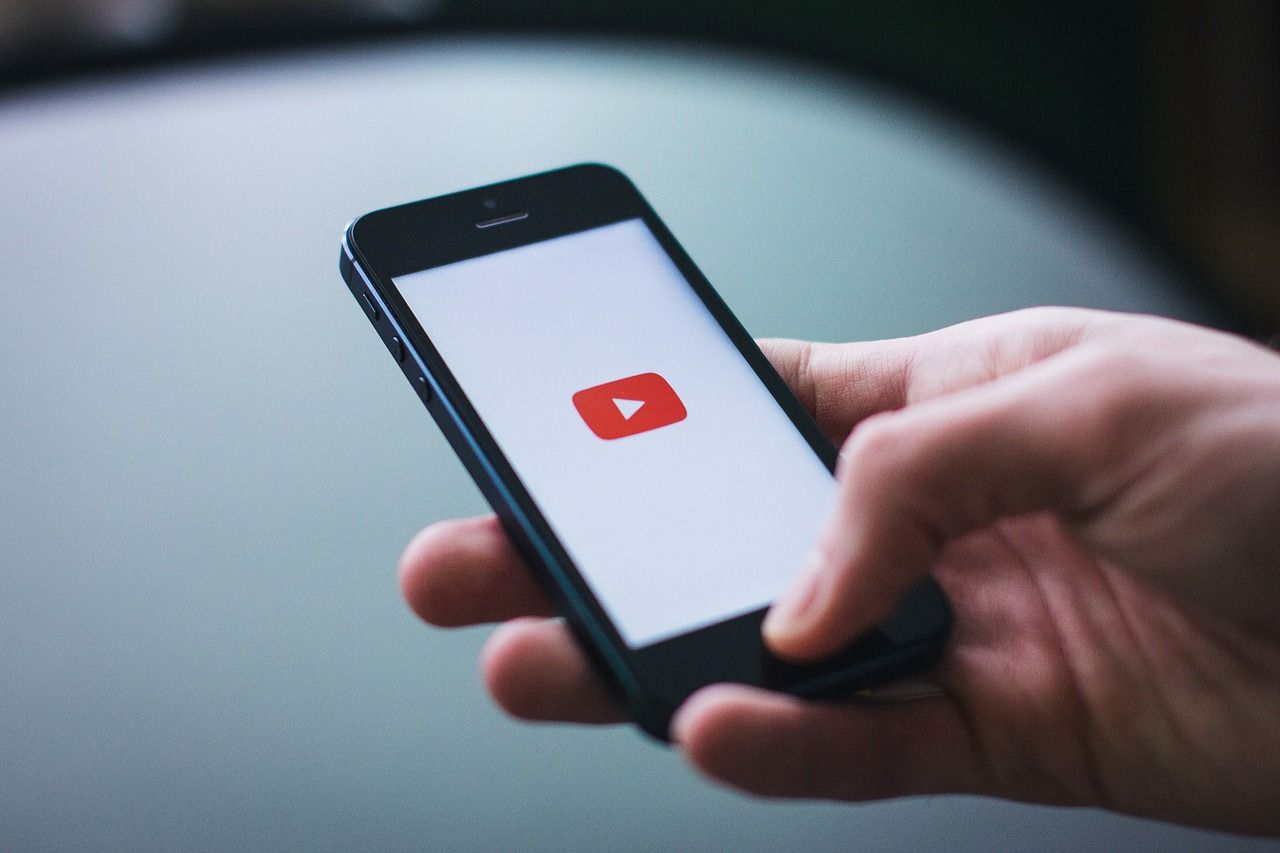




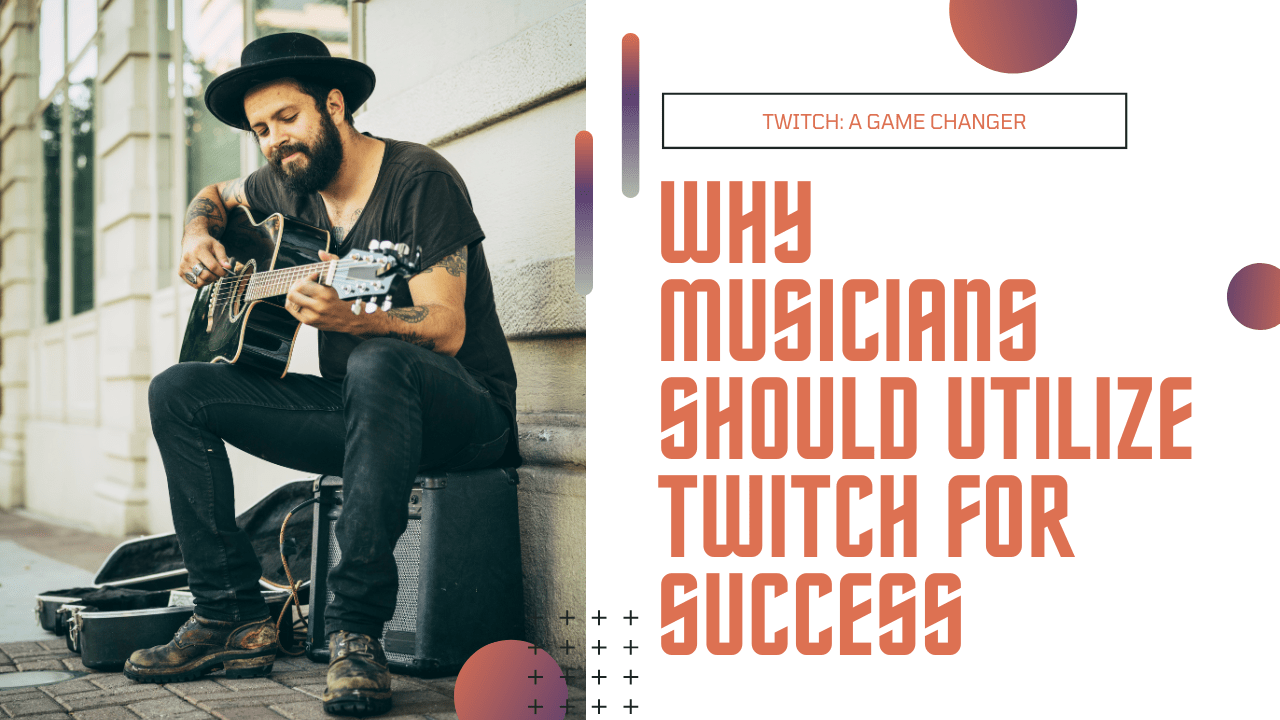
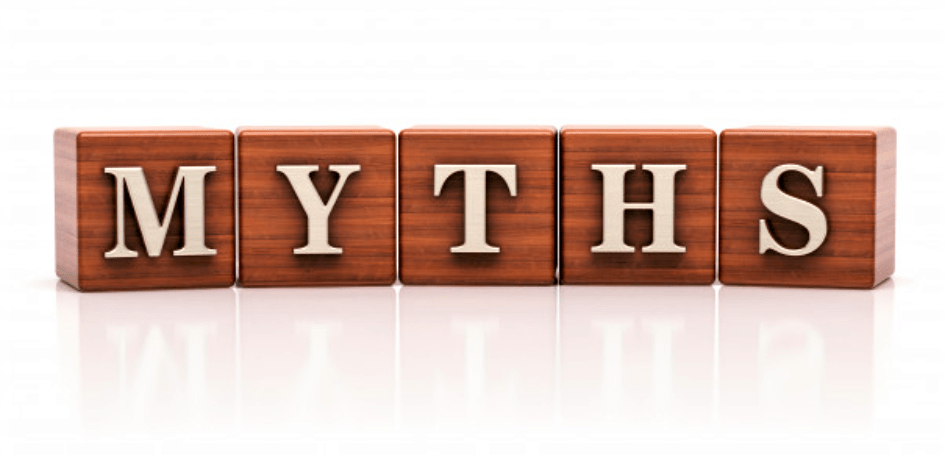



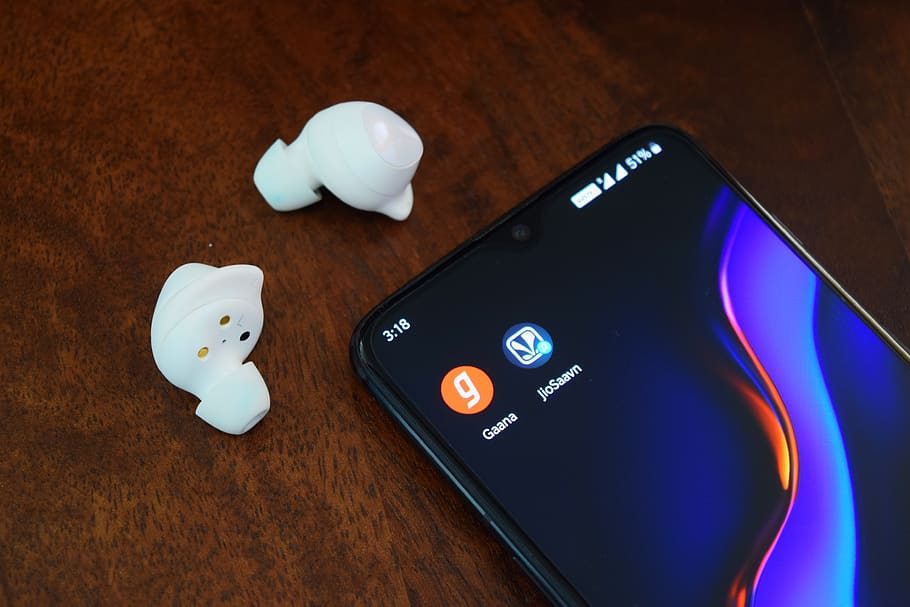

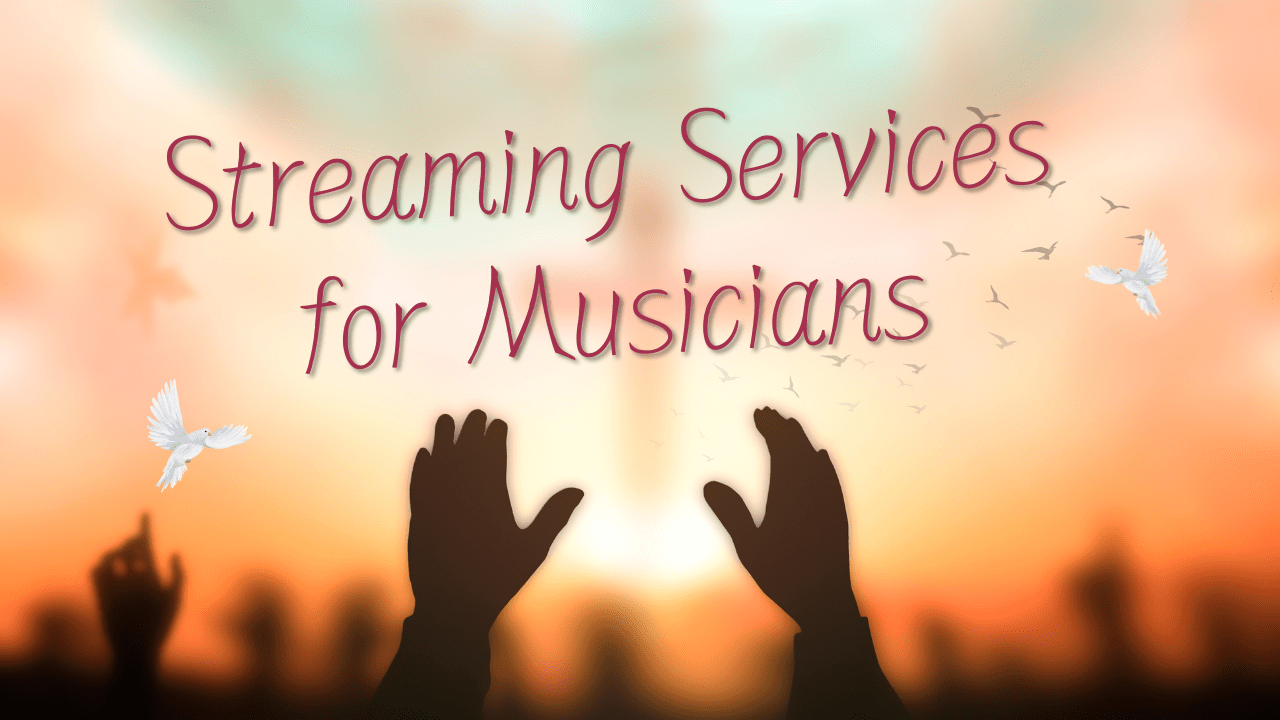
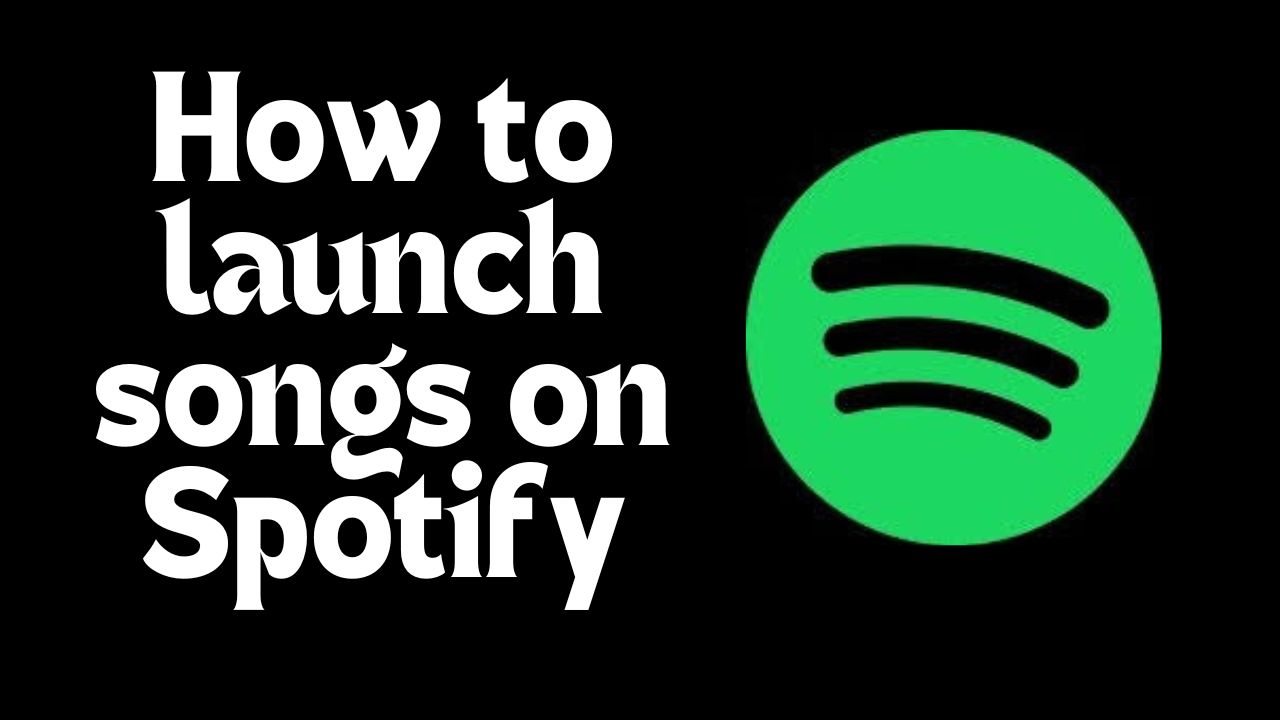


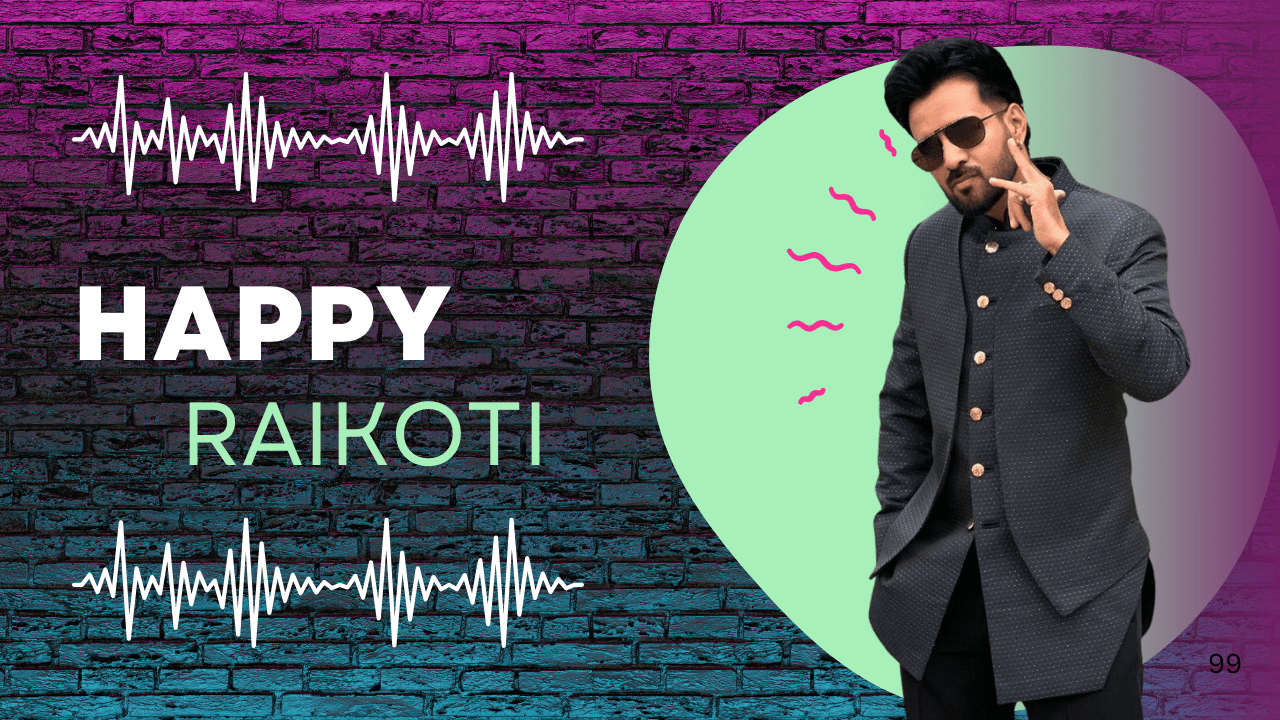





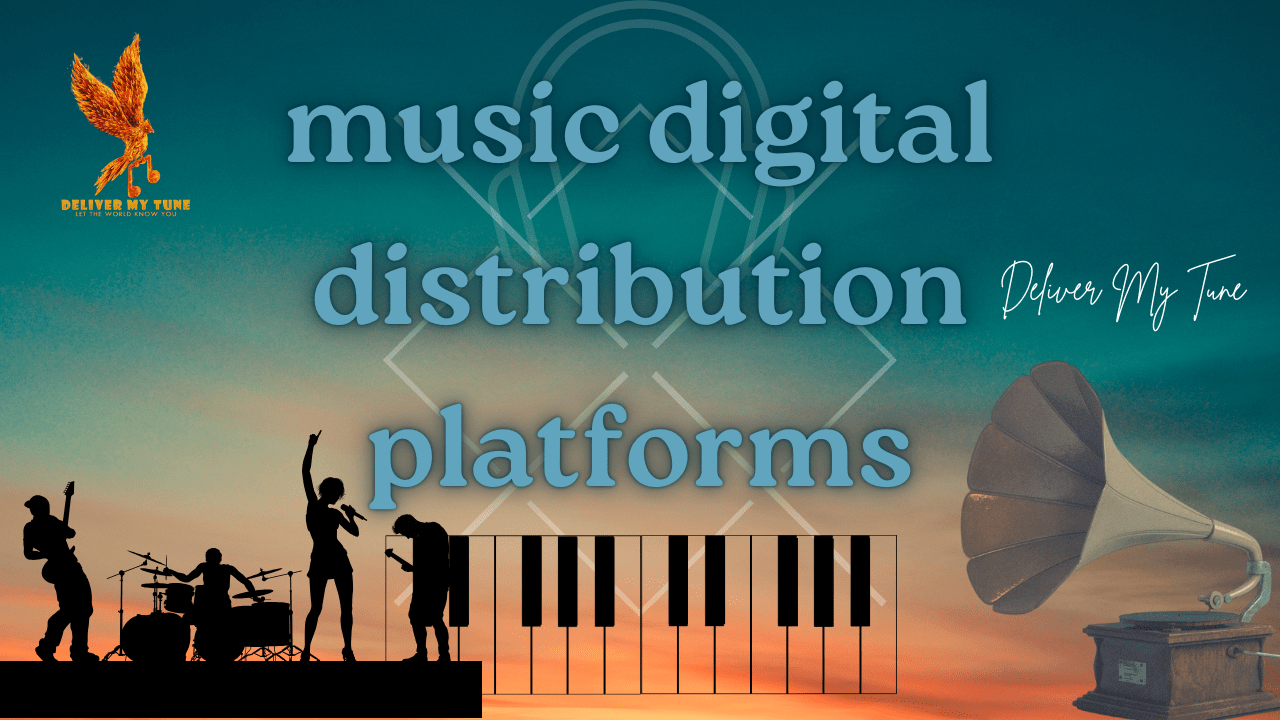
Leave a Reply